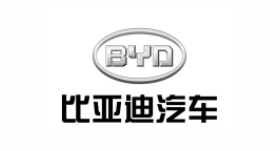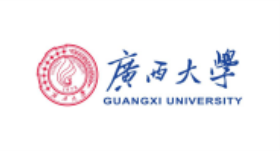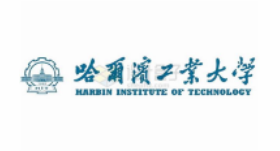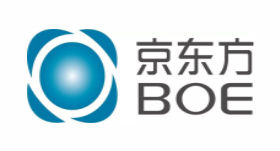Although the measured weight parameters of the analog load cell are initially given by the sensor in analog form, they must be converted into analog voltage or analog current. In the manufacturing process, circuit compensation and adjustment, signal conditioning, analog to digital conversion and other aspects have accumulated a lot of experience, so the application is more extensive. However, the output signal is small, the transmission distance is short, the anti-interference ability is poor, the interaction of each compensation item, the circuit compensation and adjustment process is complex, not only time-consuming and laborious, but also the compensation accuracy is low, which determines the development of the analog weighing sensor to the digital intelligent direction, which can only parasitic on the digital conversion unit outside the strain bridge, and change the analog signal to the digital signal. Therefore, there are two digital conversion ways, one is to convert the output signal of the analog load cell into a digital signal output through the digital transmitter installed in its interior, which is usually called the digital load cell. To wit:
Analog load cell + digital transmitter, digital load cell
The digital transmitter can be made very small, called the digital transmitter module, which is generally fixed in the terminal box of the analog load cell, which is convenient for debugging and conducive to sealing. The mechanical and temperature performance indexes of the digital weighing sensor are based on the manufacturing process and circuit compensation and adjustment technology of the analog weighing sensor. The digital transmitter only digitizes the analog output signal, and cannot improve the performance indexes. On the contrary, if the quality of the digital transmitter is poor, it will also lose some inherent performance, so manufacturers usually choose those analog weighing sensors with high circuit compensation accuracy and good comprehensive performance for digital processing.
The other is to completely break away from the manufacturing process of analog load cell and the traditional circuit compensation and adjustment technology, and develop a new type of digital intelligent load cell. It is a manufacturing process that disconnects the analog load cell after mounting the elastic element, curing, post-curing and wiring the bridge. Through the digital circuit composed of amplifying, filtering, A/D conversion, microprocessor chip, temperature sensitive element and other components, as well as scale transformation, digital filtering, digital zeroing, digital compensation and other software technologies, the digital signal output by the weighing sensor becomes a group of formatted and regular high and low level signals. Through the efficient and reliable interface to achieve long-distance transmission. To wit:
Elastic element bridge circuit + digital intelligent circuit + digital compensation technology and technology, digital intelligent weighing sensor
A typical analog load cell system has an analog converter of only 16-bit(bits), that is, 50,000 available counts, while each digital intelligent load cell in a digital load cell system has a resolution of 20-bit, that is, 1,000,000 available counts. Therefore, a digital weighing system composed of 4 digital intelligent weighing sensors can provide a resolution of 4000000 usable counts. This high resolution is essential for digital weighing systems, especially those with large dead loads and small live loads. This is difficult to achieve in the traditional weighing system composed of analog weighing sensors.
The analog weighing sensor is basically produced manually, and the human factor has a great influence on the quality of the product. Zero point temperature, sensitivity temperature, linearity, hysteresis, creep and other compensation methods and compensation processes are not perfect, and the interaction between various compensation will inevitably produce residual errors, limiting the further improvement of accuracy and stability. Digital intelligent weighing sensor, basically automated production, human factors have little impact on product quality. Its digital zeroing, scale transformation, temperature compensation, linearity, hysteresis, creep compensation, etc., are collected, processed and stored through the internal microprocessor. Due to the use of "database" technology, the microprocessor can constantly identify and correct the data, so that it has more intelligence and plays a greater role. It can be seen that the design of digital processing circuit and software is an important part of the realization of digital compensation technology and technology.

































